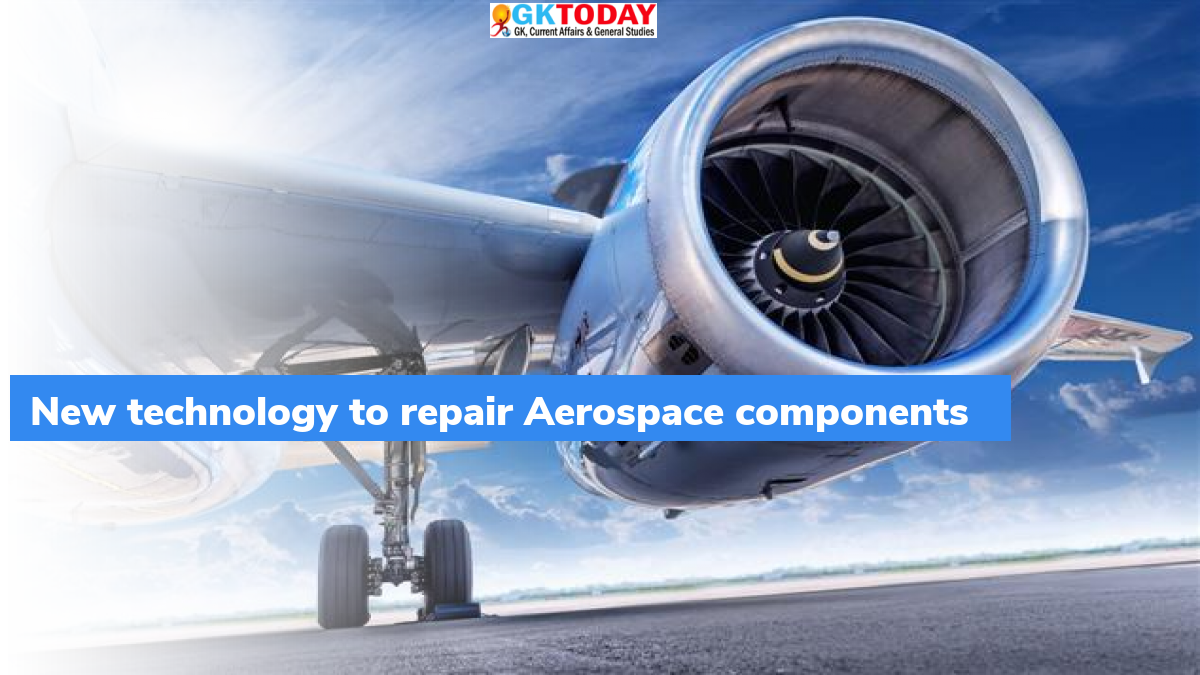New technology to repair Aerospace components
An Indian scientist recently developed a completely autonomous technology to repair Aerospace components.
Key facts
- The new technology will completely repair and restore high-value components like turbine blades, moulds, and other aerospace components requiring minimal human intervention.
- This technology will leap-frog the repair and restoration industry to the next level.
- It will also help in nucleation of cutting-edge laser manufacturing ecosystem for Atmanirbhar Bharat.
- It has been developed with support from department of science & technology led “Advanced Manufacturing Technology Programme”.
How is the new technology significant?
The development of new technology is significant because, existing repair techniques in India like thermal spraying and welding are ad hoc. They do not provide accuracy and precision. These techniques are manual. The quality of repair depends on skill set of the person.
Who has developed the new technology?
The new technology has been developed by Professor Ramesh Kumar Singh, from Mechanical Engineering Department of IIT Bombay.
How this technology works?
- The new technology uses a laser for excellent process control. It is completely autonomous and have minimal to zero human intervention.
- With the help of new technology, defective component will be scanned autonomously for damage detection using a laser scanner.
- Deposition path will be determined on the basis of certain algorithms.
- Laser-directed energy deposition (LDED) technique will be used for depositing the material, followed by finishing and automated inspection of restored product.
- Process parameters will be obtained from physics-based models for inducing favourable residual stress. This makes way for development of a science enabled technology’ solutions which are not available to restore high-value components.
Robotic Restoration System
It comprises of a robotic restoration system and has been designed to function autonomously for all key activities like damage detection, scanning path planning, deposition, finishing, and inspection.
Month: Current Affairs - February, 2022
Category: Science & Technology Current Affairs


